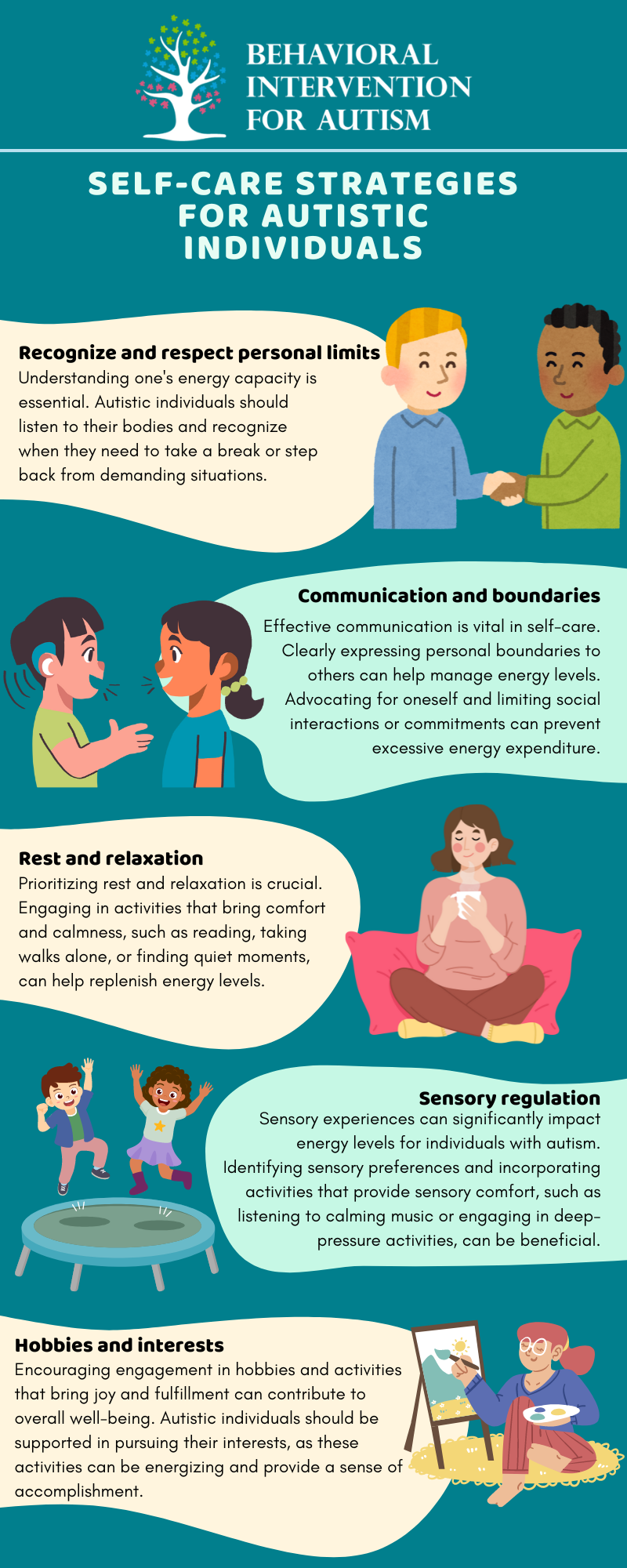For decades, the scientific community has grappled with understanding autism spectrum disorder (ASD). While significant progress has been made in recent years, certain theories that were once widely accepted have come under scrutiny. This reevaluation of past beliefs highlights the evolving nature of scientific inquiry and our understanding of complex neurological conditions.
New evidence is emerging that challenges long-held assumptions about autism, prompting researchers to take a fresh look at previously debunked theories. By revisiting these ideas through the lens of contemporary research, scientists hope to gain deeper insights into the condition and improve support systems for individuals on the spectrum. Below, we delve into some key areas where traditional views are being reconsidered.
Revisiting The Reason I Jump: A New Perspective
The book The Reason I Jump by Naoki Higashida offers a unique glimpse into the mind of someone with autism, challenging conventional perceptions of the condition. Through Higashida's personal experiences, readers gain insight into how individuals with autism perceive and interact with the world around them. His work underscores the importance of listening to those directly affected by autism, rather than relying solely on external observations.
Higashida questions whether there is something inherently wrong with the brains of people with autism. Instead, he suggests that societal norms may not fully accommodate the diverse ways in which individuals process information and emotions. This perspective encourages a shift from viewing autism as a deficit to appreciating it as a difference.
By embracing this viewpoint, society can foster greater inclusivity and acceptance of neurodiversity. Understanding the lived experiences of individuals with autism can lead to more effective strategies for education, communication, and social integration, ultimately enhancing their quality of life.
Rethinking the Theory of Mind Hypothesis
The theory of mind (ToM) hypothesis posits that individuals with autism struggle to infer the mental states of others, leading to difficulties in social communication. While this idea has dominated autism research for years, recent studies suggest that the ToM hypothesis may not fully capture the complexities of social interactions in autism.
Critical evaluations of existing theoretical accounts reveal gaps in explaining the nuances of ToM in autism. Researchers argue that current models oversimplify the cognitive processes involved in understanding others' perspectives. Additionally, traditional tests used to assess ToM often fail to account for the diverse ways individuals with autism engage in social situations.
To address these limitations, innovative frameworks like the Mind-space framework and new assessment tools such as the Interview Task are being developed. These approaches aim to provide a more comprehensive understanding of how individuals with autism perceive and interpret social cues, paving the way for improved interventions and support systems.
Challenging Discredited Theories: Shaken Baby Syndrome and Autism
In legal contexts, discredited theories can have profound implications, particularly when they influence decisions affecting individuals with autism. For example, the now-discredited shaken baby syndrome theory has been used to convict individuals, including those on the autism spectrum, based on flawed scientific assumptions.
Robert Roberson's case exemplifies the potential miscarriages of justice that can arise from reliance on outdated or inaccurate theories. Advocates argue that Roberson's conviction should be reassessed in light of new evidence and advancements in forensic science. This situation underscores the importance of critically evaluating scientific theories and ensuring they align with current knowledge.
As the scientific community continues to refine its understanding of autism and related conditions, it is crucial to apply rigorous standards to all aspects of research and practice. By doing so, we can ensure that individuals with autism receive fair treatment and access to appropriate resources and support.
Debunking Myths: Vaccines and Autism
One of the most pervasive myths surrounding autism is the alleged link between vaccines and the condition. Despite extensive research conclusively debunking this claim, misinformation continues to circulate, fueled by anecdotal evidence and unfounded theories.
Proponents of the vaccine-autism connection often cite treatments proposed by fringe researchers, such as the Geiers, who promoted unproven therapies based on speculative hypotheses. These claims not only mislead parents but also undermine public health efforts aimed at increasing vaccination rates.
It is essential to rely on credible scientific data when addressing concerns about autism. Educating the public about the safety and efficacy of vaccines is vital to protecting both individual and community health while dispelling harmful myths that hinder progress in understanding autism.
Exploring Alternative Epistemologies in Autism Research
Traditional approaches to studying autism often draw from psychoanalytic theories developed by figures like Frances Tustin. However, these frameworks may not adequately address the unique needs and experiences of individuals on the spectrum. As a result, researchers are increasingly exploring alternative epistemologies that incorporate diverse perspectives and methodologies.
Infant and child psychoanalysis provides one such approach, emphasizing the importance of early developmental experiences in shaping social and emotional functioning. By integrating insights from this field with contemporary neuroscience, researchers can develop more holistic models of autism that account for both biological and environmental factors.
This interdisciplinary approach fosters collaboration among experts from various fields, promoting innovation and advancing our understanding of autism. Ultimately, such efforts contribute to creating more inclusive and supportive environments for individuals with autism and their families.
Reconsidering Labels: Implications for Autism
Labeling theory examines how societal labels can impact individuals' identities and experiences, including those with autism. While diagnostic labels serve important functions in accessing services and support, they can also perpetuate stigma and reinforce negative stereotypes.
Becker's reconsideration of labeling theory highlights the need for nuanced discussions about how labels affect individuals with autism. By focusing on strengths and capabilities rather than deficits, we can promote a more positive narrative around neurodiversity. This shift in perspective encourages empowerment and self-advocacy among individuals on the spectrum.
Furthermore, reevaluating labels allows us to recognize the diversity within the autism community and tailor interventions to meet individual needs. Such personalized approaches enhance outcomes and contribute to building a more inclusive society that values all members equally.

